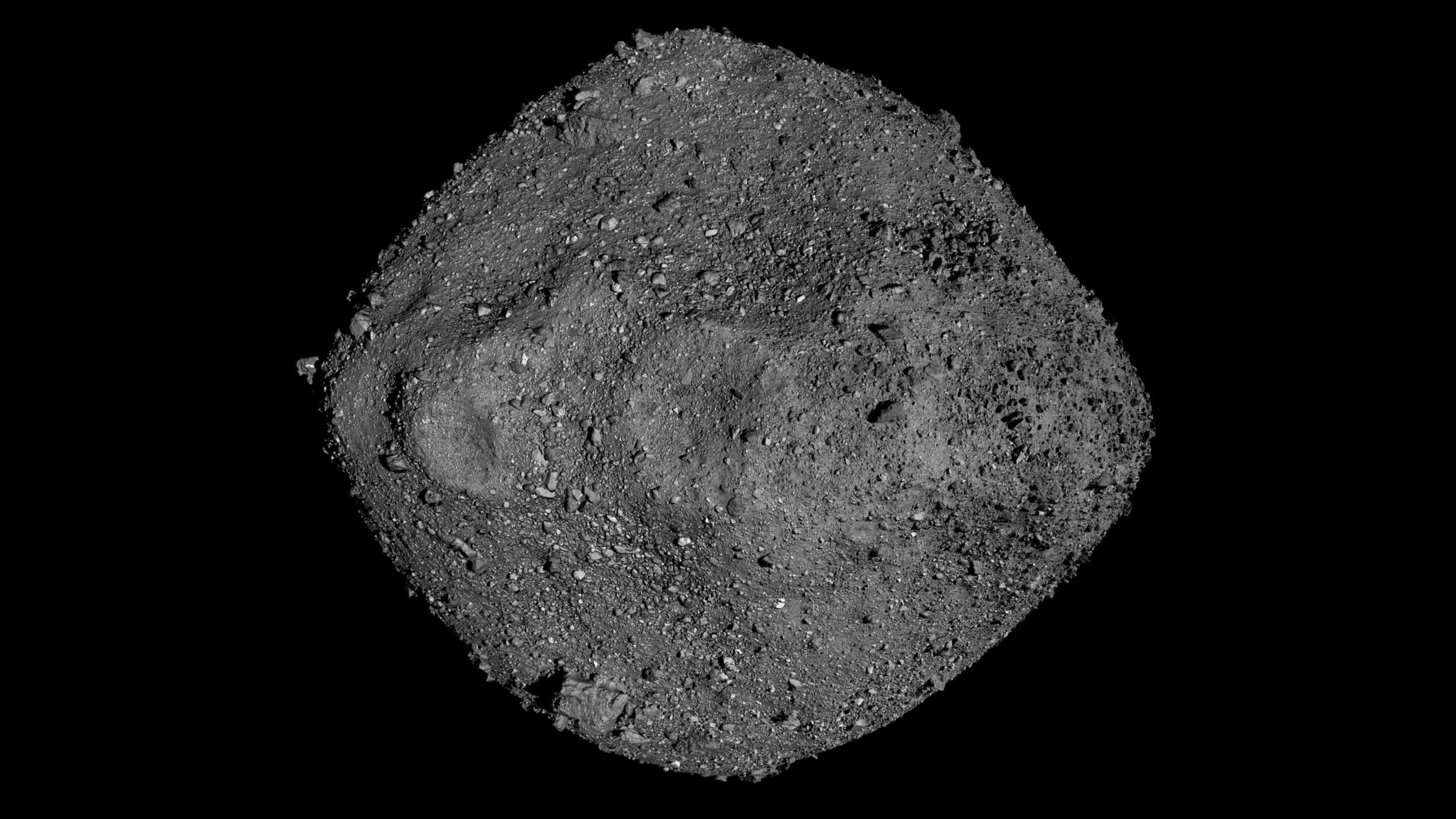August 25, 2025
An artist’s rendering of a prehistoric jawed fish from the Late Devonian called Dunkleosteus. These sorts of large, active vertebrates evolved shortly after the deep ocean became well-oxygenated.© 2008 Nobu Tamura/CC-BY-SA
Millions of years ago, the deep ocean was largely devoid of oxygen and thus inhospitable to many lifeforms. Now, the same dark zones host an array of marine mammals and fish. Researchers once speculated that this habitat expansion followed a great oxygenation event more than 500 million years ago, but they didn’t have enough data to support the link.
New research shows that deep-ocean oxygenation did support animal evolution, but it didn’t occur until 390 million years ago, when plants began to take root above ground. The accumulation of woody biomass altered atmospheric conditions enough to influence aquatic oxygen levels. The research draws a clear connection between oxygenation of the ocean and the evolution of most modern vertebrates.
The findings were published in Proceedings of the National Academy of Sciences on Aug. 25.
“When oxygen levels rose, animals grew larger and moved to places that were previously uninhabitable,” said lead author Kunmanee “Mac” Bubphamanee, a University of Washington doctoral student in Earth and space science. “This meant more room, and more competition. Animals evolved different strategies to survive, which led to new species.”
The first animals appeared in the fossil record during an era called the Neoproterozoic, leading researchers to postulate that this was also when ocean oxygenation occurred. Recent studies indicated that permanent ocean oxygenation instead occurred later, but still left “a 60-million-year window of uncertainty,” Bubphamanee said. “The Neoproterozoic Oxygenation Event temporarily oxygenated the deep ocean, but not long enough to allow for permanent colonization.”
According to research, ocean oxygenation was a gradual process. Shallow areas near the shore were oxygenated first, and inhabited by breathing species. As oxygen permeated deeper and deeper, ocean-dwellers followed, leading to a rapid expansion of jawed vertebrates, or gnathostomes.
“This study gives a strong indication that oxygen dictated the timing of early animal evolution, at least for the appearance of jawed vertebrates in deep-ocean habitats,” said co-lead author Michael Kipp, an assistant professor of Earth and climate sciences at Duke University, who began this research as a doctoral scholar at UW.
In this study, the researchers started putting together a global timeline for ocean oxygenation, using 97 sedimentary rock samples from five continents collected between 252 and 541 million years ago.
They pulverized the rocks and extracted selenium, an element that indicates whether there was enough oxygen underwater to support breathing animals. Selenium is an element with several isotopes of distinct mass. Different isotope ratios develop depending on the oxygen level present when the sediment was deposited.
The ratio of selenium isotopes in the samples indicated whether there was enough oxygen present in the deep sea to sustain animal life. In the older samples, collected before 390 million years ago, there wasn’t, but in those collected later, there was.
“Selenium is great for tracking deep-ocean oxygen levels, but extracting it from rocks is tricky, so few researchers have done it,” Bubphamanee said. Compiling the existing dataset took the team more than five years.
The rock samples were collected from areas near the edges of continental shelves, where shallow seas give way to deep, open ocean. Their data supported the hypothesis that permanent deep-ocean oxygenation didn’t occur until 382 to 393 million years ago, during the Middle Devonian period.
At the same time, woody plants were spreading above ground and trapping carbon-rich biomass, such as animal remains, in the sediment. This released oxygen back into the atmosphere and fed phosphorus — a sort of organic fertilizer — into the ocean. The water, now oxygen and nutrient rich, could support more energy-intensive life than before.
“Oxygen enables more metabolically active lifestyles,” Kipp said. “Predation consumes calories, and animals burn calories using oxygen. Until the deep ocean had ample dissolved oxygen, it would not have been viable to live there as a large predator.”
The findings also reveal just how critical oxygen levels are to marine life. Although there is abundant oxygen in the atmosphere now, certain human activities can impact how much oxygen is present in the ocean.
“Runoff from agricultural and industrial activity contains chemicals that fuel plankton blooms that suck up oxygen when they decay, causing levels to plummet,” Kipp said. “This work shows very clearly the link between oxygen and animal life in the ocean. This was a balance struck about 400 million years ago, and it would be a shame to disrupt it today in a matter of decades.”
Co-authors include Roger Buick, a UW professor in Earth and space science and astrobiology; Jana Meixnerová a UW graduate student in Earth and space science; Eva E. Stüeken, a reader in Earth and environmental sciences at the University of St. Andrews; Linda C. Ivany, a professor in Earth and environmental science at Syracuse University; Alexander J. Bartholomew, an associate professor of geology at SUNY New Paltz; Thomas J. Algeo, a professor of geology at the University of Cincinnati; Jochen J. Brocks, a professor in the Research School of Earth Sciences at Australian National University; Tais W. Dahl, an associate professor of geobiology at the University of Copenhagen; Jordan Kinsley, a postdoctoral candidate at Australian National University; and François L. H. Tissot, a professor of geochemistry at CalTech.
This research was funded by the National Science Foundation, the Agouron Institute and the NASA Astrobiology Institute Virtual Planetary Laboratory.
For more information, contact Bubphamanee at kubu7847@uw.edu or Kipp at michael.kipp@duke.edu.
Adapted from a release from Duke University.
Tag(s): College of the Environment • Department of Earth and Space Sciences • evolution • Kunmanee Bubphamanee
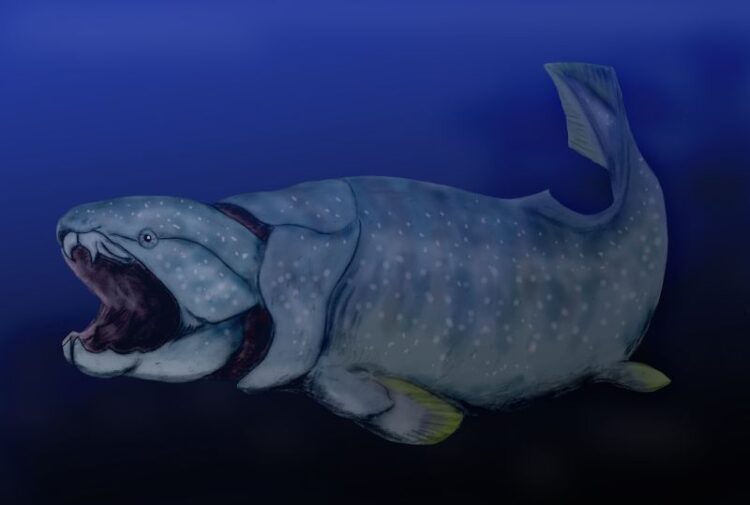
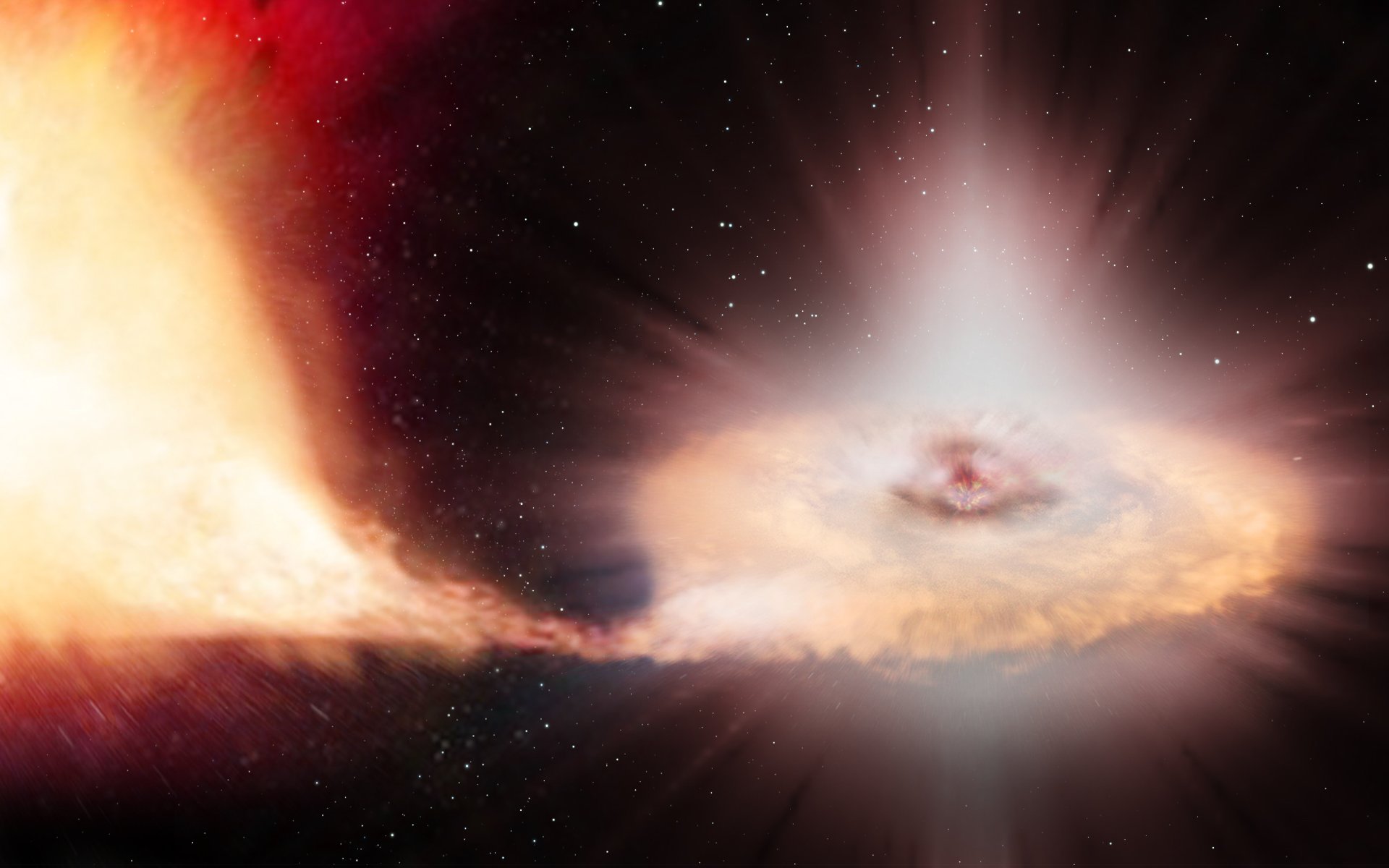
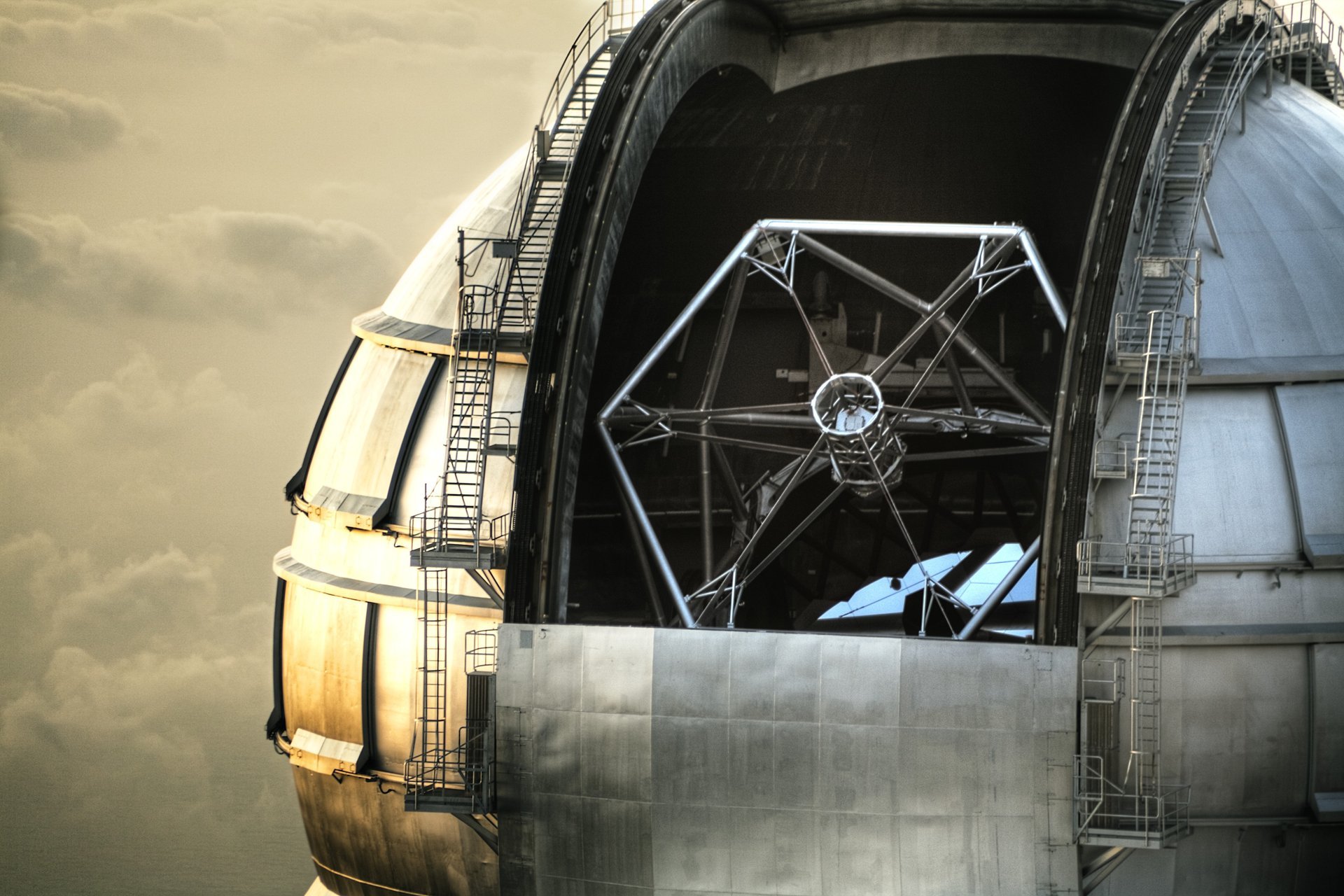 The ICE Gran Telescopio Canarias telescope, located at the El Roque de los Muchachos Observatory on the island of La Palma, Spain. Credit: Instituto de Astrofísica de Canarias
The ICE Gran Telescopio Canarias telescope, located at the El Roque de los Muchachos Observatory on the island of La Palma, Spain. Credit: Instituto de Astrofísica de Canarias
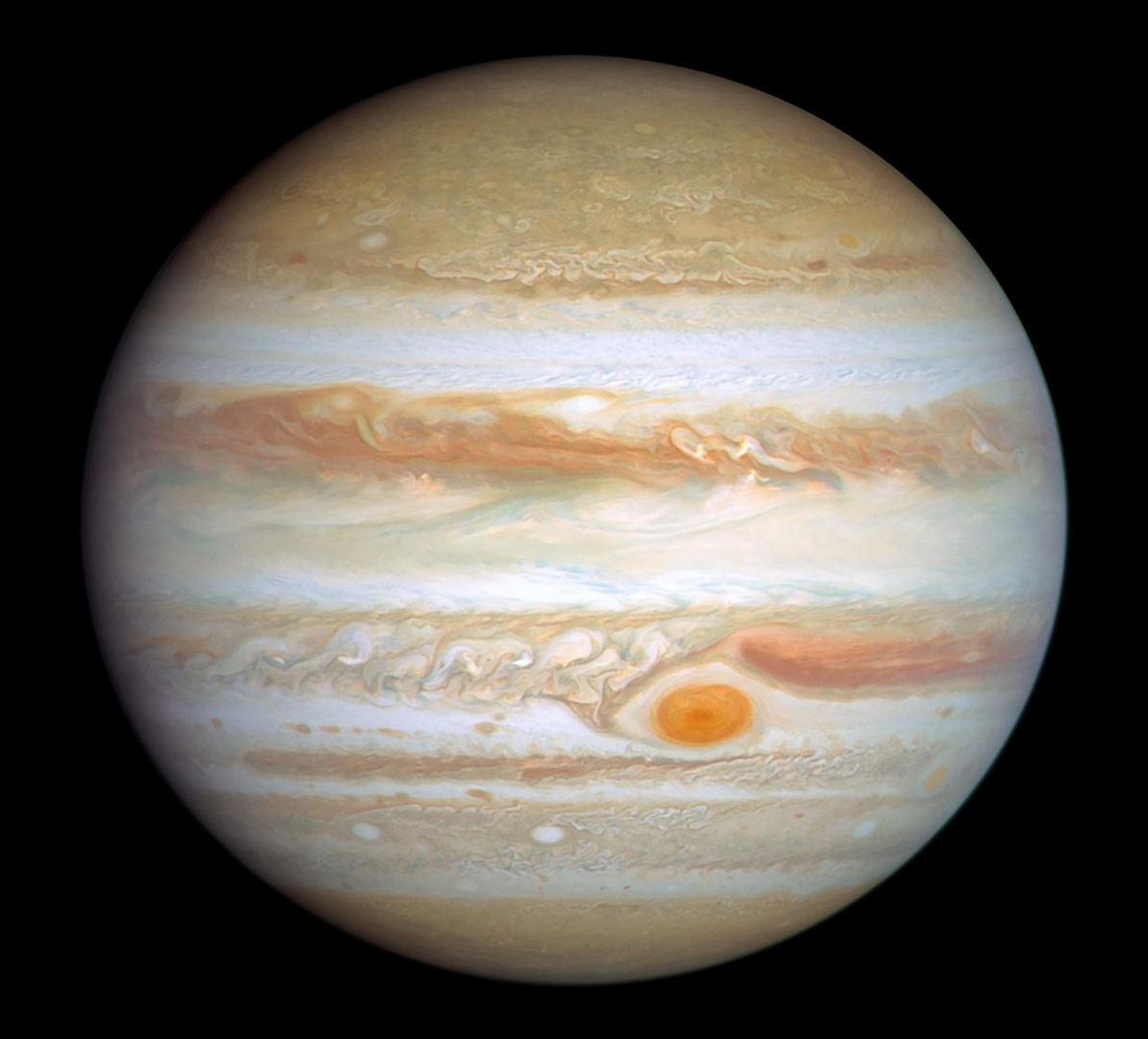
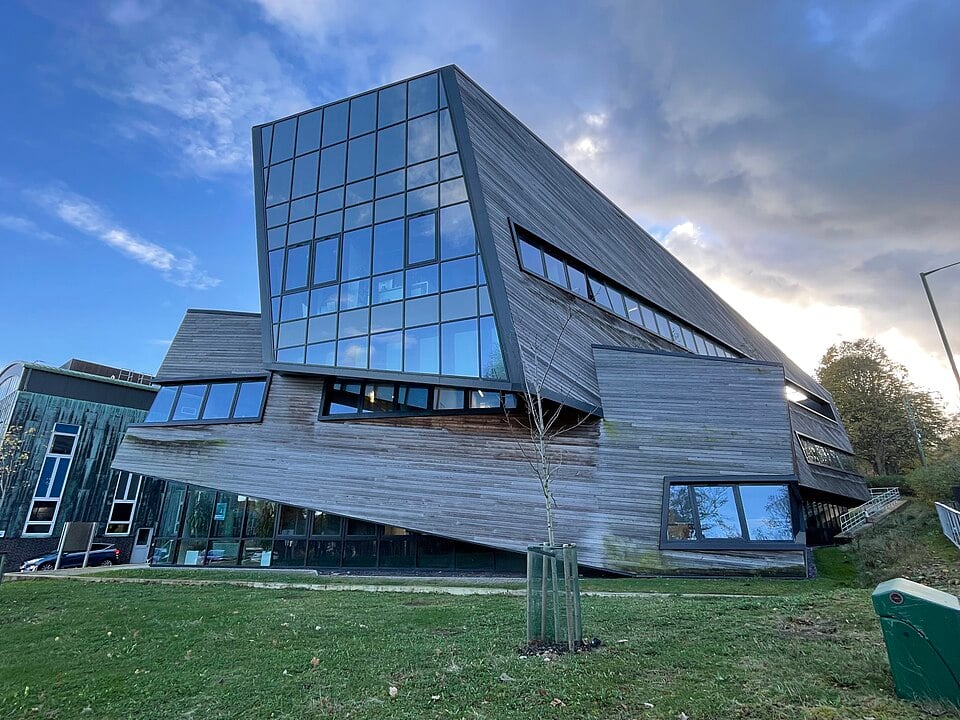 A picture of The Ogden Centre for Fundamental Physics Building, at Durham University (Credit : Padgriffin)
A picture of The Ogden Centre for Fundamental Physics Building, at Durham University (Credit : Padgriffin)
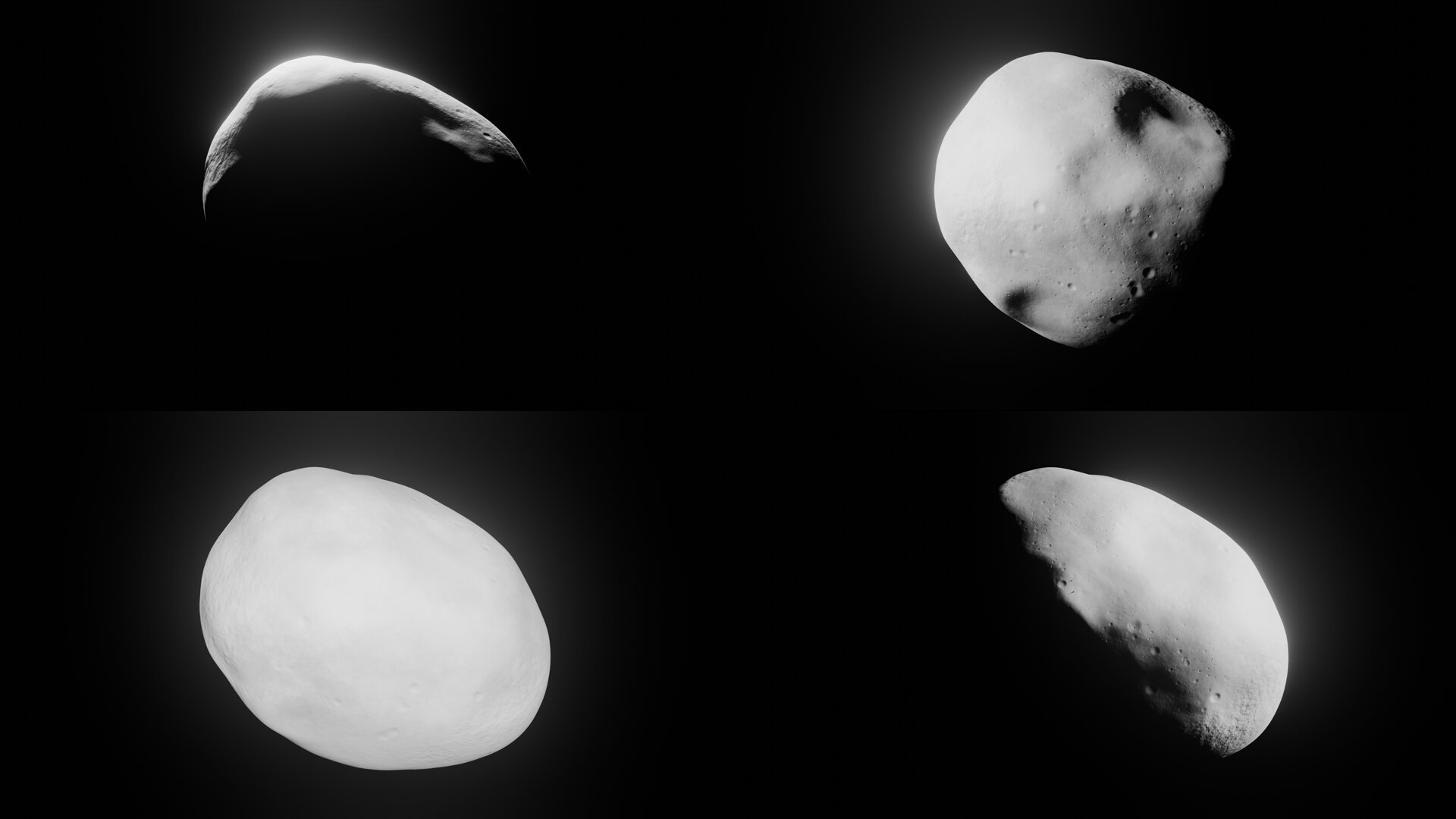
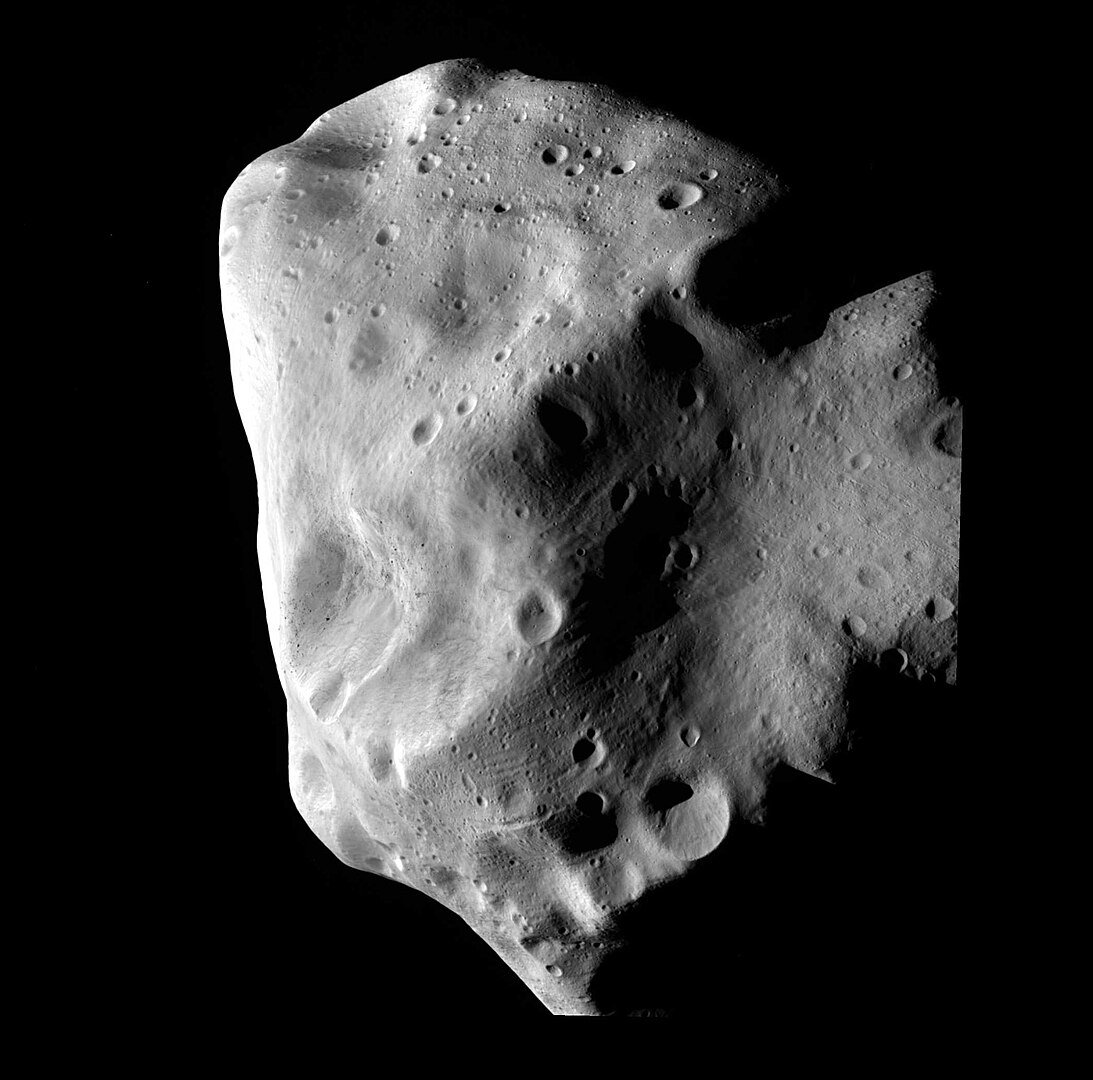 Image of the M-type asteroid 21 Lutetia taken by the ESA Rosetta Spacecraft during a flyby in 2010 (Credit : ESA 2010 MPS for OSIRIS Team)
Image of the M-type asteroid 21 Lutetia taken by the ESA Rosetta Spacecraft during a flyby in 2010 (Credit : ESA 2010 MPS for OSIRIS Team)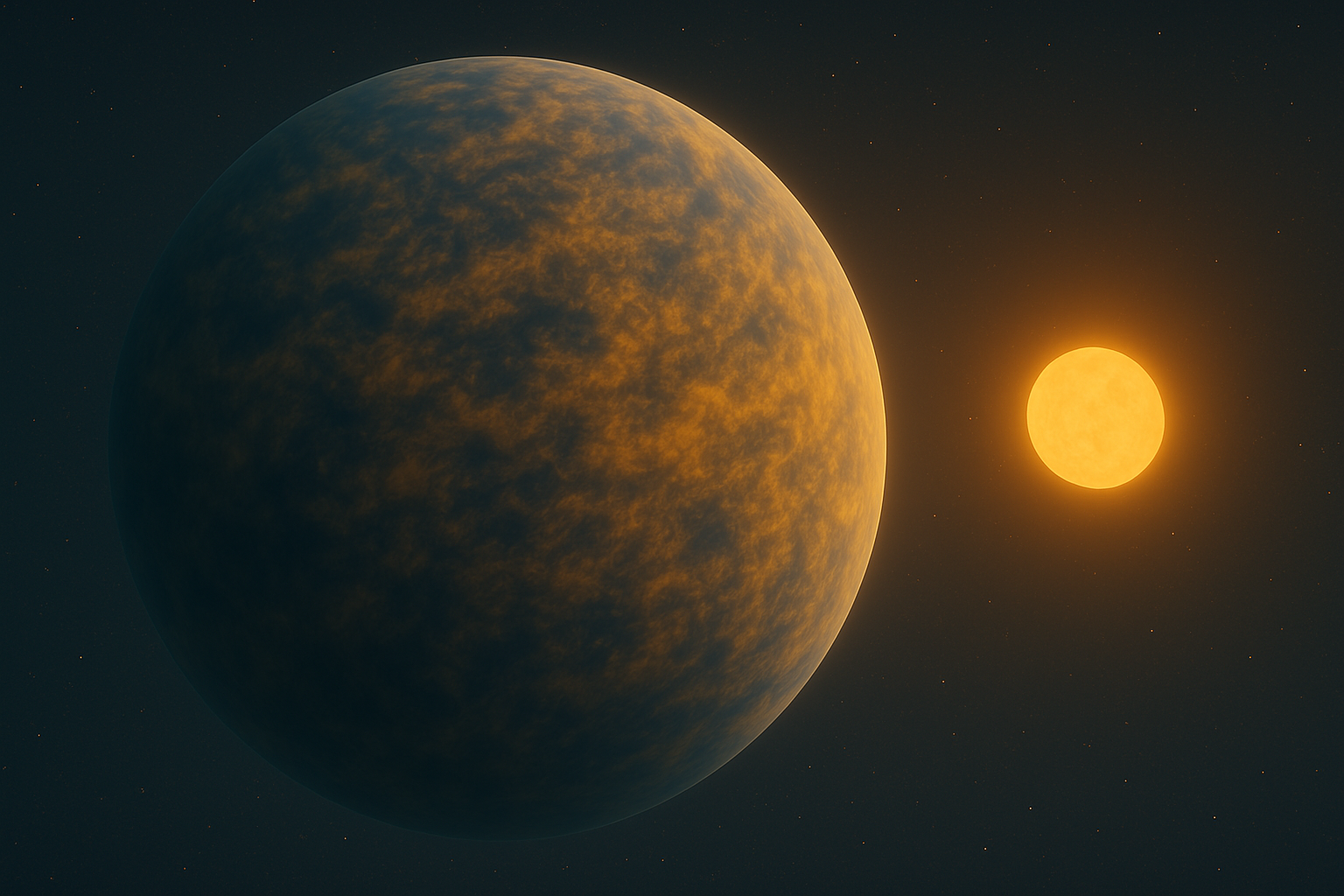
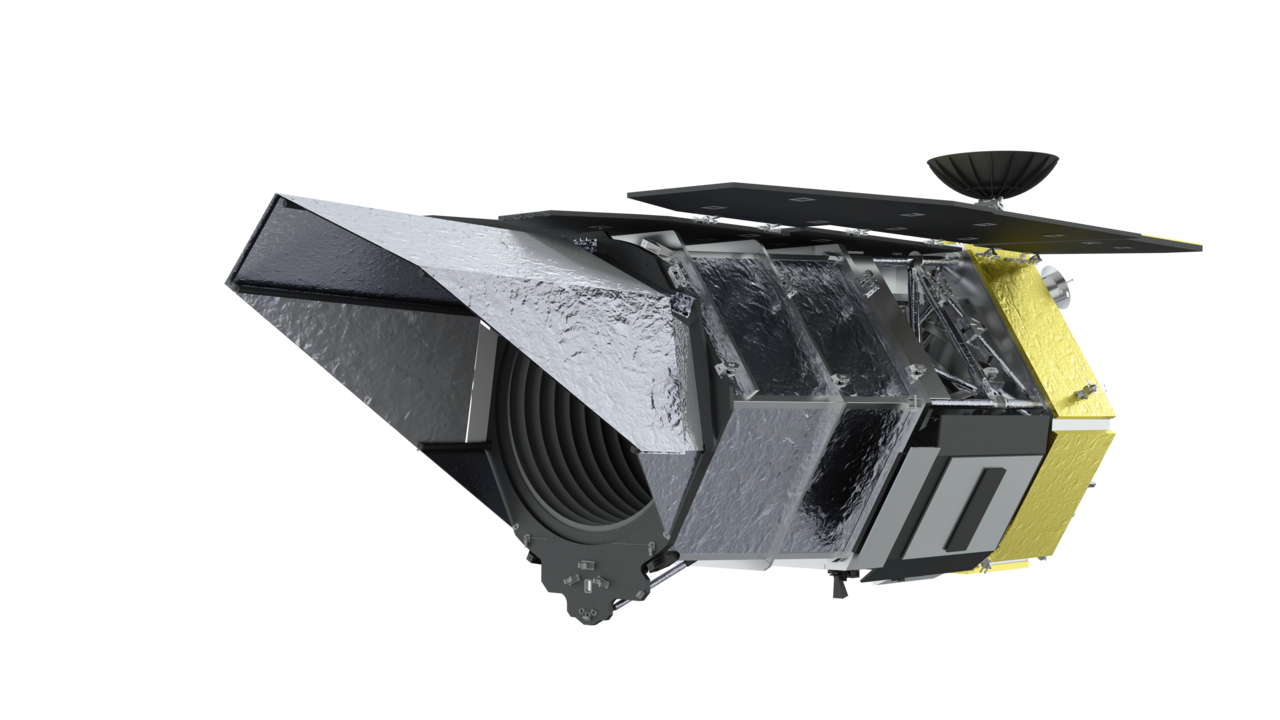
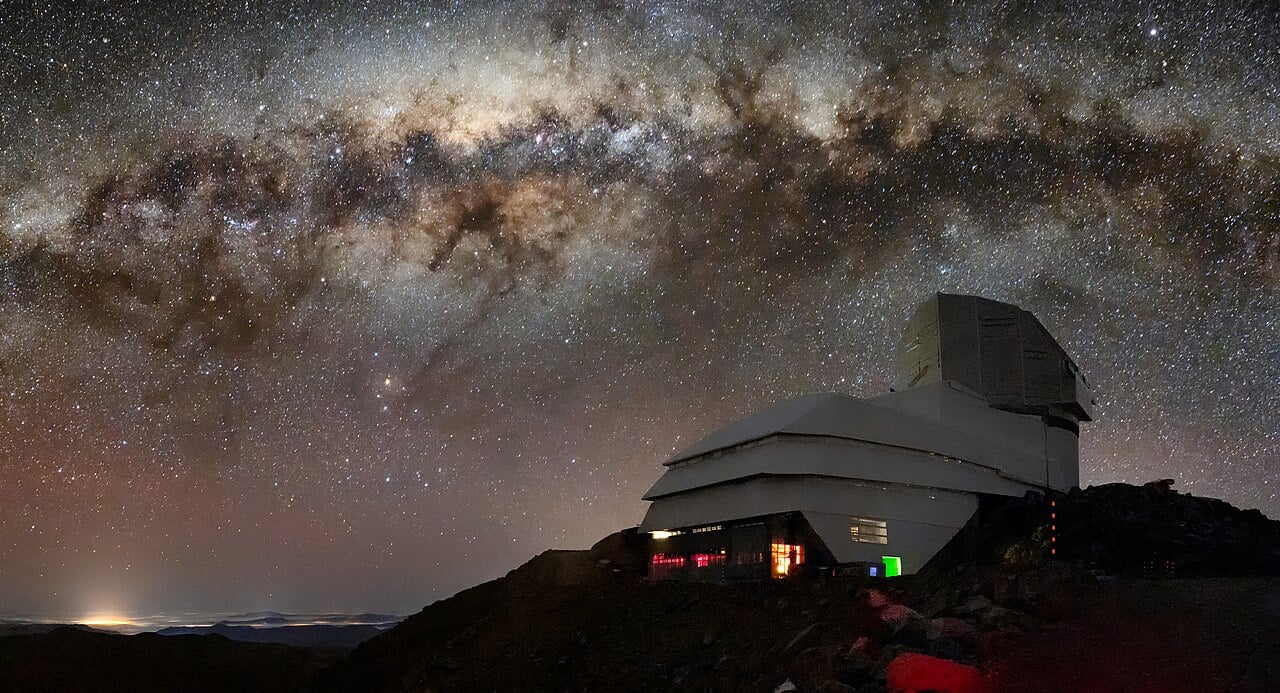 Vera C. Rubin Observatory and the Milky Way Galaxy (Credit : Rubin Observatory/NSF/AURA/B. Quint)
Vera C. Rubin Observatory and the Milky Way Galaxy (Credit : Rubin Observatory/NSF/AURA/B. Quint)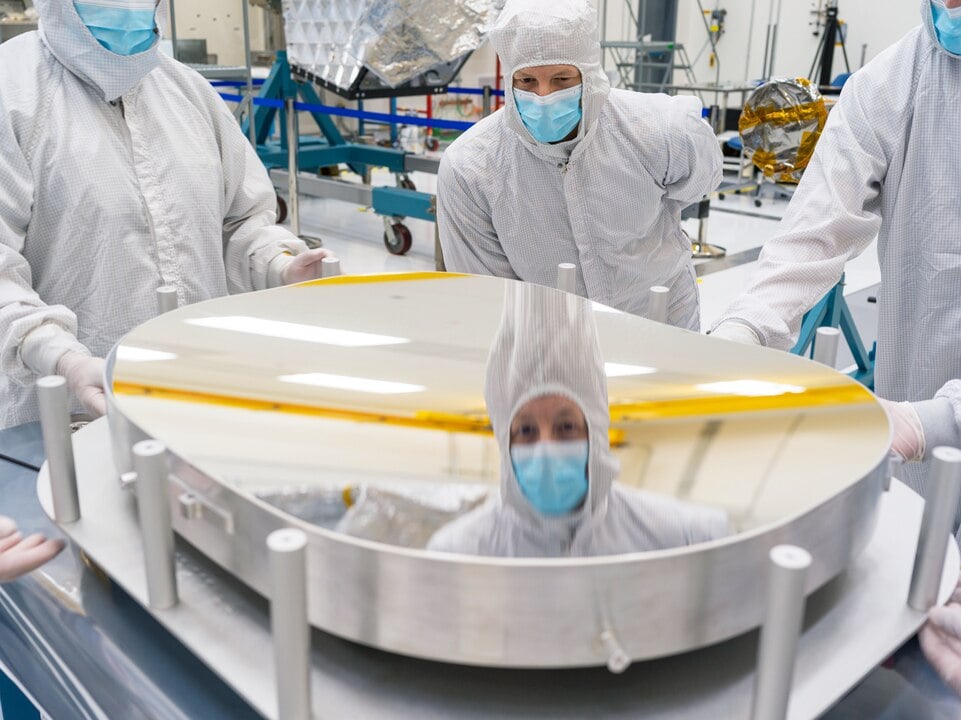 NEO Surveyor’s mirror (Credit : NASA/JPL-Caltech)
NEO Surveyor’s mirror (Credit : NASA/JPL-Caltech)